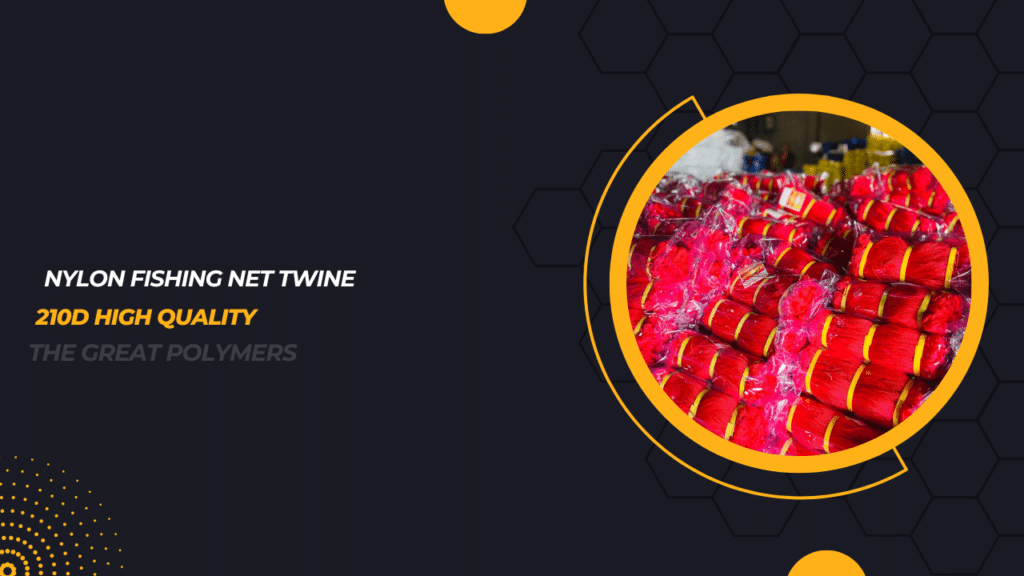Introduction to Nylon Fishing Net Twine
Nylon fishing net twine is an essential component in the fishing industry, known for its strength, durability, and versatility. It serves as the foundation for various types of fishing nets, ensuring reliability in capturing marine life.
History and Evolution of Nylon Fishing Net Twine
The development of nylon fishing net twine revolutionized the fishing industry. Introduced in the 1930s, nylon twine quickly replaced natural fibers due to its superior strength and resistance to abrasion. Over the years, advancements in manufacturing processes have led to the production of nylon twine with enhanced features.
Characteristics of Nylon Fishing Net Twine
Nylon fishing net twine is characterized by its high tensile strength, elasticity, and resistance to chemicals and UV radiation. These properties make it ideal for withstanding harsh marine environments.
Advantages of Nylon Fishing Net Twine
- Strength: Nylon twine offers superior strength, ensuring reliable performance in demanding fishing conditions.
- Durability: It is highly durable, resisting abrasion and prolonged exposure to sunlight and chemicals.
- Versatility: Nylon twine can be used for various fishing applications, including trawling, seining, and gillnetting.
- Cost-Effective: Despite its premium quality, nylon twine is cost-effective compared to alternative materials.
Applications of Nylon Fishing Net Twine
Nylon fishing net twine finds extensive applications in commercial and recreational fishing. It is used in the construction of seine nets, trawl nets, gillnets, and lobster pots, among others.
Types of Nylon Fishing Net Twine
Nylon fishing net twine is available in different diameters and mesh sizes to suit specific fishing requirements. Common types include single, double, and multi-filament twines.

Factors to Consider When Choosing Nylon Fishing Net Twine
When selecting nylon fishing net twine, factors such as diameter, mesh size, knot strength, and abrasion resistance should be taken into account to ensure optimal performance and longevity.
How to Properly Maintain Nylon Fishing Net Twine
Proper maintenance of nylon fishing net twine involves regular inspection for damage, cleaning to remove debris and marine growth, and storage in a dry and ventilated area when not in use.
Environmental Impact of Nylon Fishing Net Twine
While nylon fishing net twine offers numerous benefits, its disposal can pose environmental challenges. Efforts are underway to develop recycling programs and alternative materials to mitigate its environmental impact.
Innovations in Nylon Fishing Net Twine
Advancements in technology have led to the development of innovative nylon fishing net twine with enhanced features, such as reduced drag, improved knot strength, and increased biodegradability.
Comparison Between Nylon Fishing Net Twine and Other Materials
Nylon fishing net twine is often compared to other materials such as polyester and polyethylene. Each material has its unique properties and suitability for specific fishing applications.
Tips for Purchasing Nylon Fishing Net Twine
When purchasing nylon fishing net twine, it is advisable to buy from reputable suppliers, consider the intended use, and ensure compatibility with existing fishing gear.
Future Prospects of Nylon Fishing Net Twine
The future of nylon fishing net twine lies in continuous innovation, focusing on sustainability, biodegradability, and eco-friendly manufacturing processes to minimize environmental impact.
Conclusion
Nylon fishing net twine remains a cornerstone in the fishing industry, offering unmatched strength, durability, and versatility. As technology advances, the evolution of nylon twine continues, ensuring its relevance in modern fishing practices.
FAQs about Nylon Fishing Net Twine
- Is nylon fishing net twine suitable for both freshwater and saltwater fishing?
- Yes, nylon fishing net twine is suitable for both freshwater and saltwater environments due to its resistance to corrosion and abrasion.
- How long does nylon fishing net twine last?
- The lifespan of nylon fishing net twine depends on various factors such as usage, maintenance, and environmental conditions. With proper care, it can last for several years.
- Can nylon fishing net twine be recycled?
- While nylon is recyclable, the recycling of fishing nets and twine poses challenges due to contamination and mixed materials. Efforts are underway to develop effective recycling solutions.
- What is the difference between single and multi-filament nylon twine?
- Single-filament nylon twine consists of a single continuous strand, offering high strength and minimal stretch. Multi-filament twine is composed of several strands twisted together, providing increased flexibility and knot strength.
- Are there any alternatives to nylon fishing net twine?
- Yes, alternatives to nylon fishing net twine include polyester, polyethylene, and natural fibers such as cotton and hemp. Each material has its advantages and limitations depending on the application.


